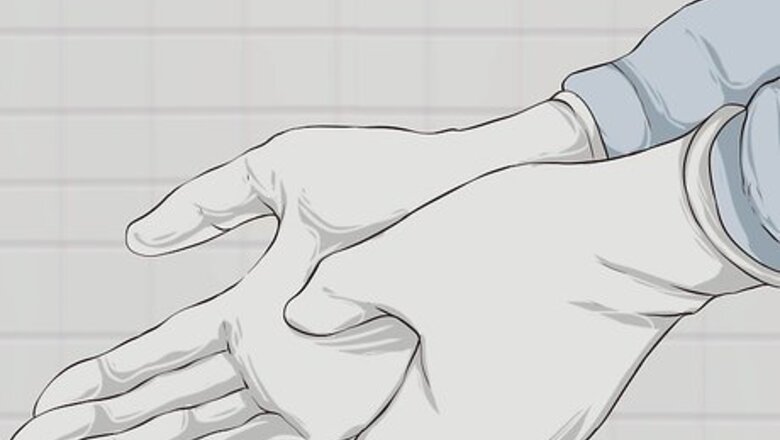
views
X
Trustworthy Source
PubMed Central
Journal archive from the U.S. National Institutes of Health
Go to source
The proper cleaning of these cuffs ensures that dangerous bacteria does not spread between patients. Most blood pressure cuffs are made of two parts. The cuff itself is either a fabric or vinyl material with a velcro pad; both fabric and vinyl cuffs can be cleaned using the same methods. The second part is a rubber tubing connected to a small inflated bladder inside the cuff; this should be removed from the cuff and disinfected separately. Cuffs should be disinfected after every use.
Preparing the Cuff for Cleaning

Put on latex or nitrile gloves. Gloves will protect you from blood and other bodily fluids that might have contaminated the equipment. If you do not have gloves, wash your hands for 20 seconds with warm water and soap. Hand washing is still the most effective way of preventing cross-contamination of harmful bacteria.

Examine the entire cuff for stains or bodily fluids. Ensure you thoroughly check the tubing as well. As you inspect the cuff, be careful not to touch any stain that you do see, especially if you are not wearing gloves. Although the cuff may not have visible stains, harmful bacteria can still linger on the cuff.
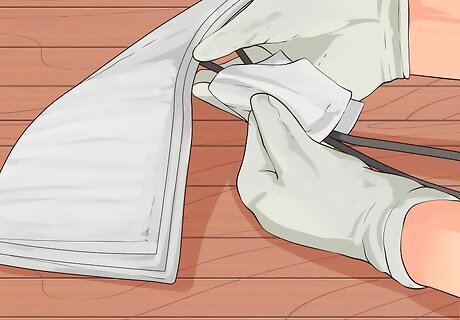
Remove the tubing from the cuff. You can remove the tubing and inflation bag by undoing the velcro strap or unbuttoning the side pocket. If it does not appear as though the tubing can be removed, check the manufacturer’s guidelines and clean according to their specifications. No water should enter the tubing or the inflated pump during cleaning. Be extremely careful as you handle it around water. The cuff itself can be completely soaked and washed, so long as you ensure that is completely dry before you reinsert the tubing.
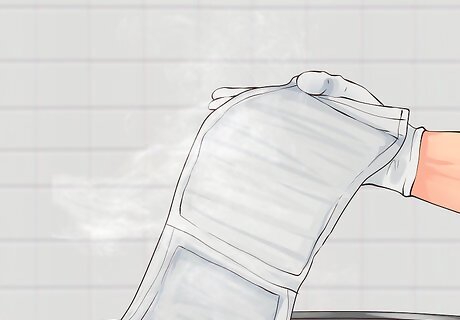
Soak cuffs. If you cannot disinfect the cuff immediately, place the cuff in a bucket with warm, soapy water. This will prevent any potential stains from settling on the cuff, and it will prevent contaminants from spreading in the meantime. Do not soak the tubing. Set it aside in a sterile bag until you are able to disinfect it. This is generally appropriate for the end of the day of a personal cuff. In a clinic or hospital setting, when the cuff must be reused quickly, using with a disposable disinfecting wipe is appropriate. This takes only a few minutes (and is described later in this article).
Hand Washing a Cuff

Put several drops of liquid dish detergent onto a brush or sponge. An unused toothbrush works well for this. Run the soapy brush or sponge under warm water. If you are using a sponge, squeeze out the excess water. If you are in a pinch, you can use a clean rag or folded paper towel.

Scrub both sides of the cuff, tubing and bulb completely. Using the brush or sponge, wipe down the cuff and tubing, making sure that no water enters the tubing. If there are stains, use a scrub brush or a toothbrush to dislodge dirt. Make sure to vigorously scour the velcro in particular, as dirt and germs can linger within it. Cuffs are resilient; you do not have to be gentle as you clean. Aggressive scrubbing will guarantee a cleaner cuff.
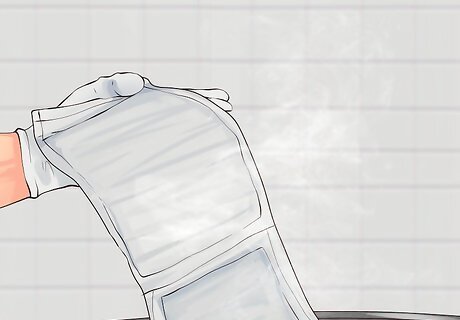
Rinse the cuff and tubing with running warm water. Be extremely careful that no water enters the tubing. You can plug the tube with a paper towel to ensure this. You can, however, rinse the cuff entirely. After rinsing, pat both the tubing and the cuff dry with a clean towel.
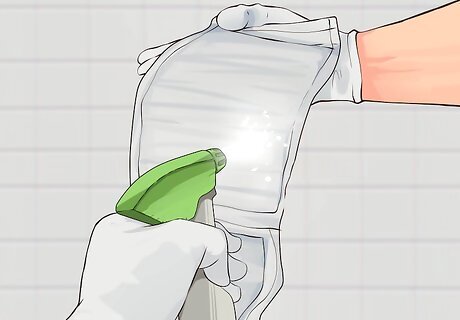
Spray both sides of the cuff with rubbing alcohol. You should spray the tubing and bulb as well. The cuff should appear wet after spraying. Leave the alcohol or disinfectant to sit for ten minutes before patting dry to ensure that all bacteria are killed. Alternately, you can mix 1 tsp. (5 ml) of bleach with 2 cups (473 ml) of water and pour it into the bottle. Shake the bottle and spray the mixture onto the cuff and tubing.
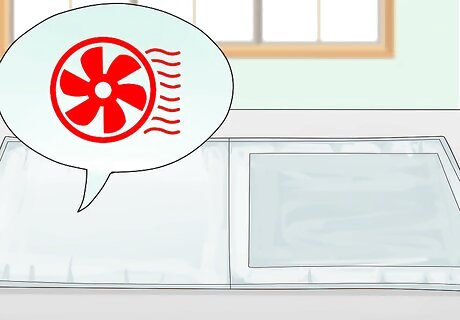
Allow the cuff and tubing to air-dry before use. The cuffs should hang on a clothesline or similar apparatus that suspends the cuff without it touching other materials. The outer and inner cuff as well as the velcro should be completely dry before re-use. Once dry, you can reinsert the tubing.
Machine-Washing a Cuff

Determine if your cuff can be machine washed. Consult the box or cuff to see if the manufacturer’s guidelines. Some hospitals have special machine washers for cuffs. At home, you may be able to wash yours in a laundry machine. Do not machine wash if the manufacturer advises against it. Do not put the tubing the washing machine. The tubing and inflated pump must be hand washed. You can clean the tubing by rinsing in warm soapy water and spraying down with rubbing alcohol. It is important that no water enters the tubing, as it will render it unusable.

Place the cuff in the washing machine and add a mild detergent. Choose a gentle laundry soap that will remove stains and fluids during the cycle. You can wash multiple cuffs in the same load.
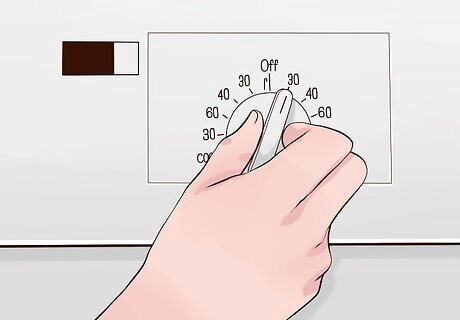
Set the machine to a gentle cycle with warm or cold water. Warm water is better for cloth cuffs while cold water should be used for vinyl. Select a high or medium water level for the load. The water will rinse away bacteria and stains more effectively without damaging the cuffs. Do not use hot water. Hot water may form a protective layer for bacteria and could damage the material.

Hang cuffs to dry. Air-dry the cuffs by hanging them on a clothesline. Make sure both the outer and inner cuff are completely dry before use. Do not place cuffs in the dryer. Make sure the cuff is completely dry before reinserting the tubing. You may need to dry it overnight.

Disinfect with rubbing alcohol or a bleach solution. Before you use the cuffs again, wipe down the cuffs with rubbing alcohol or a bleach solution. Let them sit for between ten and twenty minutes before patting dry. This will kill any remaining bacteria that may have survived the washing process.
Using Other Methods
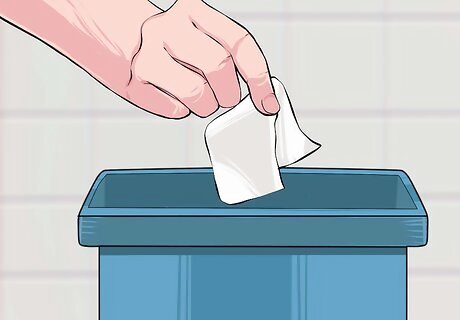
Use disinfecting wipes to clean the cuff. Look into purchasing disposable wipes that are already treated with germicidal chemicals. This is a quick way to disinfect the cuff and its components without having to disassemble the entire apparatus. Look for EPA-approved products that have a contact time of one to three minutes, which means you only need to wait up to three minutes after disinfecting the cuff before safely using it again. This may be the most practical method of disinfecting a blood pressure cuff if you are in a hospital, clinic, or somewhere with a high volume of patients.
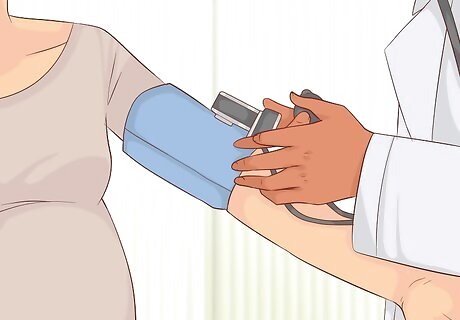
Consider disposable cuffs. Some hospitals have opted to try disposable cuffs, which are either thrown out after a single use or remain with each patient and are disposed of at the end of the patient's stay. Disposable cuffs can eliminate the need to disinfect equipment between patients. Not all hospitals will have the budget for these items.
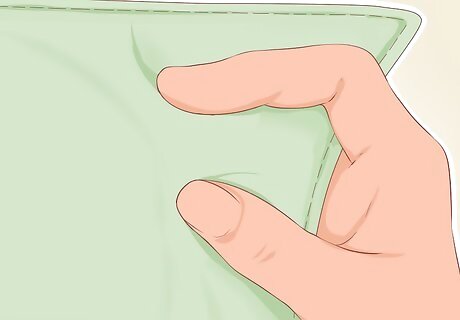
Use a disposable sleeve to prevent contact with the patient's skin. Using a disposable sleeve that slides on the patient's arm may help prevent the spread of bacteria, as this prevents the cuff from coming into contact with the patient's skin. Simply slide the single-use barrier onto the patient's limb, then fit the cuff around the sleeve and take the patient's vitals. This is a less expensive option than disposable blood pressure cuffs and may be effective in preventing cross contamination.


















Comments
0 comment